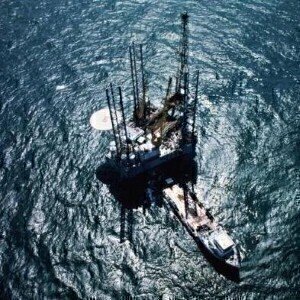Measurement and Testing
Optimising ethylene production with laser technology to be spotlighted at ACHEMA
Jun 07 2018
Emerson Automation Solutions’ expert Paul Miller, will be speaking at ACHEMA 2018 on Thursday June 14 at 11.30 about optimising ethylene production with laser technology.
As one of the most valuable organic compound building blocks in the world, ethylene production is estimated to reach a global manufacturing capacity of 200 million tons by 2020.
Approximately half of the world demand for ethylene is for the manufacture of polyethylene but it is also used to make vinyl chloride, ethylbenzene, and many other valuable intermediate products such as ethylene oxide, ethanol ethylene oxide, and ethanol. Ethylene has stringent purity requirements that must be verified in production and at custody transfer points as the presence of impurities can poison catalysts and affect downstream processes, leading to costly repairs and downtime.
The criticality of ethylene purity analysis means that the precision and reliability of the measurement is, of course, paramount, but speed and cost reduction are also important to prevent potential process upsets and to assure optimum throughput. For this reason, any significant advance in ethylene purity analysis that promises to lower costs and increase speed without sacrificing accuracy can have a major impact on the profitability of ethylene production plants. Such an advance is represented by the introduction of new QCL/TDL laser technologies for ethylene analysis, which provide a real improvement in terms of speed, precision, reliability, and cost.
The proposed presentation will discuss in depth the use of quantum cascade lasers used in tandem with tunable diode lasers to produce the 99.9% pure ethylene required for polyethylene production – the ethylene producers’ bottom line. The session will describe the measurement capability of laser technology for light gases and the abilityto measure multiple, highly varied components in one instrument, which no other technology can match. This multi-component measurement is extremely valuable in product qualification where otherwise, three to six traditional instruments would be needed to measure hydrocarbons as well as ammonia, H2S, etc. Response time is also an issue. In a QCL/TDL, the sample flows through a measurement cell where laser beams continuously analyse the gas.
The response time is typically less than ten seconds to get to 90% of a step change, so the output is effectively continuous and real time. Cycle times for traditional technologies vary from one minute to over 15 minutes, depending on the application, and thus the concentration data is periodic rather than continuous. This speed advantage can be advantageous in the process tower, and makes a huge difference in acetylene control where it can quickly detect a process upset that might otherwise cost hundreds of thousands of dollars an hour to correct.
In all, the presentation will demonstrate the clear optimisation that is provided by the laser technology in purity, acetylene conversion and product certification, all significant areas of need for ethylene manufacturers and of interest to ethylene users as well.
Digital Edition
PIN 25.1 Feb/March
March 2024
In This Edition Safety - The technology behind the ION Science Tiger XT - Safety with ammonia and LOHCs as hydrogen carriers Analytical Instrumentation - Discussion on new tribology te...
View all digital editions
Events
Apr 28 2024 Montreal, Quebec, Canada
Apr 30 2024 Birmingham, UK
May 03 2024 Seoul, South Korea
May 05 2024 Seville, Spain
May 06 2024 Riyadh, Saudi Arabia


















